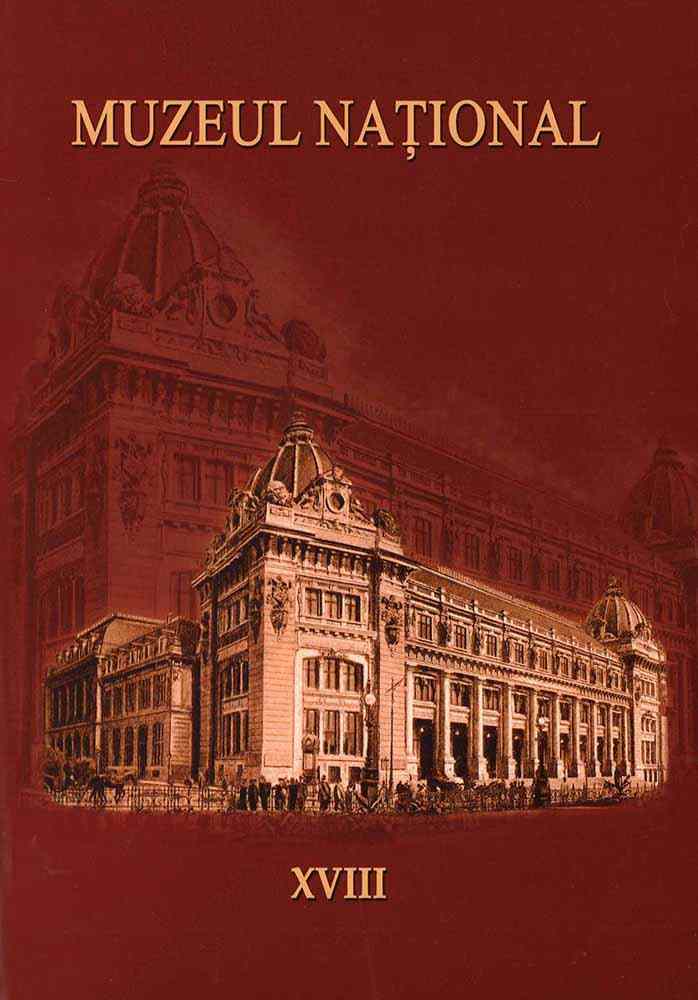| Excerpt |
Archaeologist and historian, member of the reputed university professori ate and of the Romanian Academy, influent leader and initiator of the archaeological studies at Cluj, Constantin Daicoviciu (March 1st 1898 – May 27th 1973) indisputably ranks among the most important personalities to dominate the Romanian historiography during the IV-VIII decades of the XXth c. The recent documents put forward a double perspective on C. Daicoviciu. He shows up not only as the exceptionally vigorous coordinator of the archaeological researches in the provinces of Transilvania and Banat, but also as a public character, an actor caught up in the top political life of Romania during the ’1940–’1950. C. Daicoviciu managed to subordinate his different political actions to higher professional interests, considering the latter his real raison d’être. He served the ephemeral ideologies of his time, without stumbling at the different inherent compromises. A militant and a choleric character, with a determined will to dominate over his scientific milieu, the historian successively joined royalist and liberal high places, showed off the insignia of the National Renaissance Front and of the so-called Legionary Movement, swore his adhesion to the Marshall Ion Antonescu (and then went back on his own words) and ended by becoming a senior member of the Communist Party. It is, however, hard to say which of these ideologies he really believed in. During the post-war convulsions and the following political conversion of Romania, C. Daicoviciu professedly adhered to the new communist regime. He plumped for it and served it with resilient arguments, so that he came to some of the most important political state dignities of his time. The impressive cursus honorum of the historian avers a particular sense of orientation towards the political victorious side. But all his acts and decisions – due to the high leading situation – indicate a passionate and dedicated man, fervently serving the Romanian archaeology and history. The posterity will without doubt judge him, given these two different perspectives: the professional one, illustrating him as a paternal Maecenas, as a creator of a reputable “archaeological school” and cultural institutions, as a vox magna of the Romanian national history dependable both at home and abroad, on the one hand; on the other hand, that of a talented politician, but inclined to major compromises in a time of roaring changes. |

